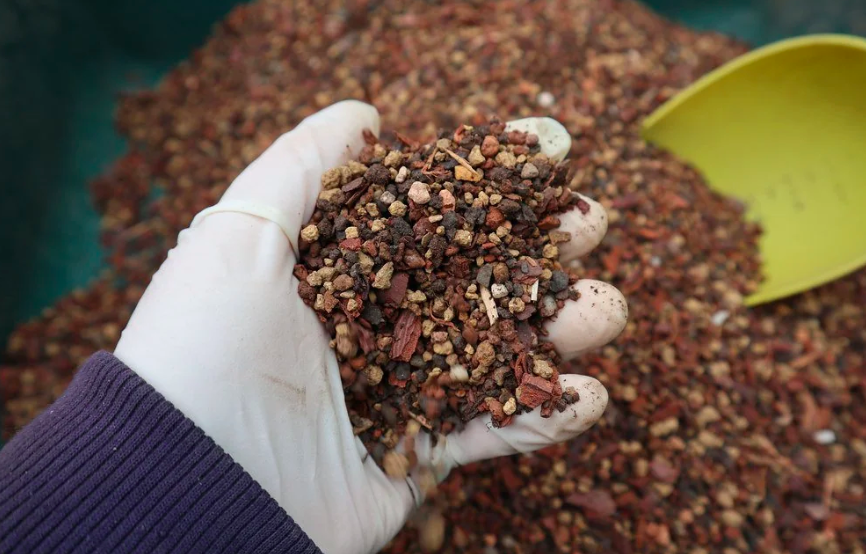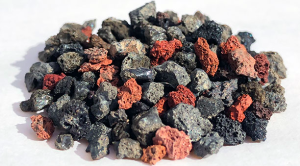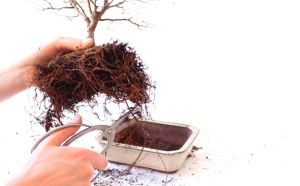
Making Bonsai Soil
Making the right bonsai soil is essential for the well-being and imperativeness of your bonsai tree. The dirt offers actual help for the tree as well as assumes a huge part in water maintenance and air circulation. The ideal bonsai soil ought to have great seepage, air circulation, and water maintenance properties. Making your bonsai soil permits you to fit it to the particular requirements of your tree species. In this thorough aid, we'll investigate the fundamental parts and move toward making an even bonsai soil blend.
Details on “How to Create Bonsai?”
Understanding Bonsai Soil Components:

Akadama:

Akadama is a sort of Japanese volcanic mud that is a well-known part of bonsai soil blends. It has amazing water maintenance properties while likewise giving great air circulation. Akadama forestalls the compaction of the dirt, guaranteeing that the roots get adequate oxygen.
Pumice:

Pumice is a lightweight volcanic stone that advances seepage and air circulation. It forestalls waterlogging, which is adverse to bonsai roots. Pumice additionally helps with root advancement by permitting the roots to unreservedly develop.
Lava Rock:

Basalt is another volcanic material that upgrades seepage. It adds design to the dirt blend, keeping it from turning out to be excessively compacted. Volcanic rock is especially helpful in keeping the dirt from separating over the long run.
Details on “Taking Care of Cactus (Cacti)”.
Sphagnum Moss:

Sphagnum greenery is a characteristic material that holds dampness. It assists with water maintenance in the dirt, guaranteeing that the tree's underlying foundations approach water between watering meetings. It likewise adds a touch of causticity to the dirt, which can be valuable for specific tree species.
Bark:

Bark, especially pine bark, is in many cases remembered for bonsai soil blends. It adds to air circulation and keeps the dirt from turning out to be excessively thick. Bark likewise separates after some time, giving natural make a difference to the dirt.
Perlite:

Perlite is a lightweight, volcanic glass generally used to further develop air circulation in soil blends. It doesn't separate after some time, which keeps up with the dirt design.
Details on “Creating Ficus Retusa Bonsai”.
Essential Bonsai Soil Blend Recipe:
Now that we comprehend the key parts, we should make an essential bonsai soil blend. This recipe is an overall principle, and you might have to change the proportions given the particular necessities of your bonsai tree species.
Ingredients:
- Akadama
- Pumice
- Volcanic rock
- Sphagnum greenery
- Pine bark
- Perlite
Instructions:
Measure the Components:
Begin by concluding the extent of every part founded on the qualities of your tree species. A regular blend could incorporate 1 section Akadama, 1 section pumice, 1 section volcanic rock, 1 section pine bark, 1 section sphagnum greenery, and 1/2 section perlite.
Sift the Components:
Filter every part to eliminate fine particles and residue. This step is critical to guarantee great air circulation and waste in the dirt blend.
Mix Thoroughly:
Consolidate every one of the filtered parts in a huge holder or handcart. Blend them completely to accomplish a homogeneous mix. This guarantees that the properties of every part are uniformly conveyed all through the dirt blend.
Sterilize the Mix:
To forestall the presentation of irritations or infections, consider sanitizing the dirt blend. You can do this by baking it on the stove at a low temperature (around 200°F or 93°C) for 60 minutes. Permit it to cool totally before use.
Potting Your Bonsai:

While preparing your bonsai, place a layer of the pre-arranged soil blends at the lower part of the pot. Position the tree in the middle and occupy the excess space with the dirt blend. Guarantee that the roots are equitably circulated, and no air pockets are available.
Watering and Maintenance:
After preparing, water the bonsai completely. Screen the dampness level in the dirt and change your watering plan in like manner. Recollect that different tree species have changing water prerequisites, so notice your bonsai and change care rehearses depending on the situation.
Redoing the Mix:
The proposed recipe fills in as a beginning stage, however, it's fundamental to redo the blend in light of your bonsai's particular requirements. A few animal groups incline toward a quicker depleting blend, while others might profit from expanded water maintenance. Research the inclinations of your specific tree and make changes likewise.
Conclusion:
Making your bonsai soil permits you to fit the blend to the extraordinary prerequisites of your tree. By figuring out the properties of every part and exploring different avenues regarding various proportions, you can foster a dirt blend that advances ideal development and well-being for your bonsai. Standard perception, change, and care are critical to keeping a flourishing bonsai tree after some time.
Read More Articles
Instagram Twitter Facebook LinkedIn Quora Google News
Our Other Engagements:


https://livewithgreen.com/how-to-make-bonsai-soil/
.jpg)